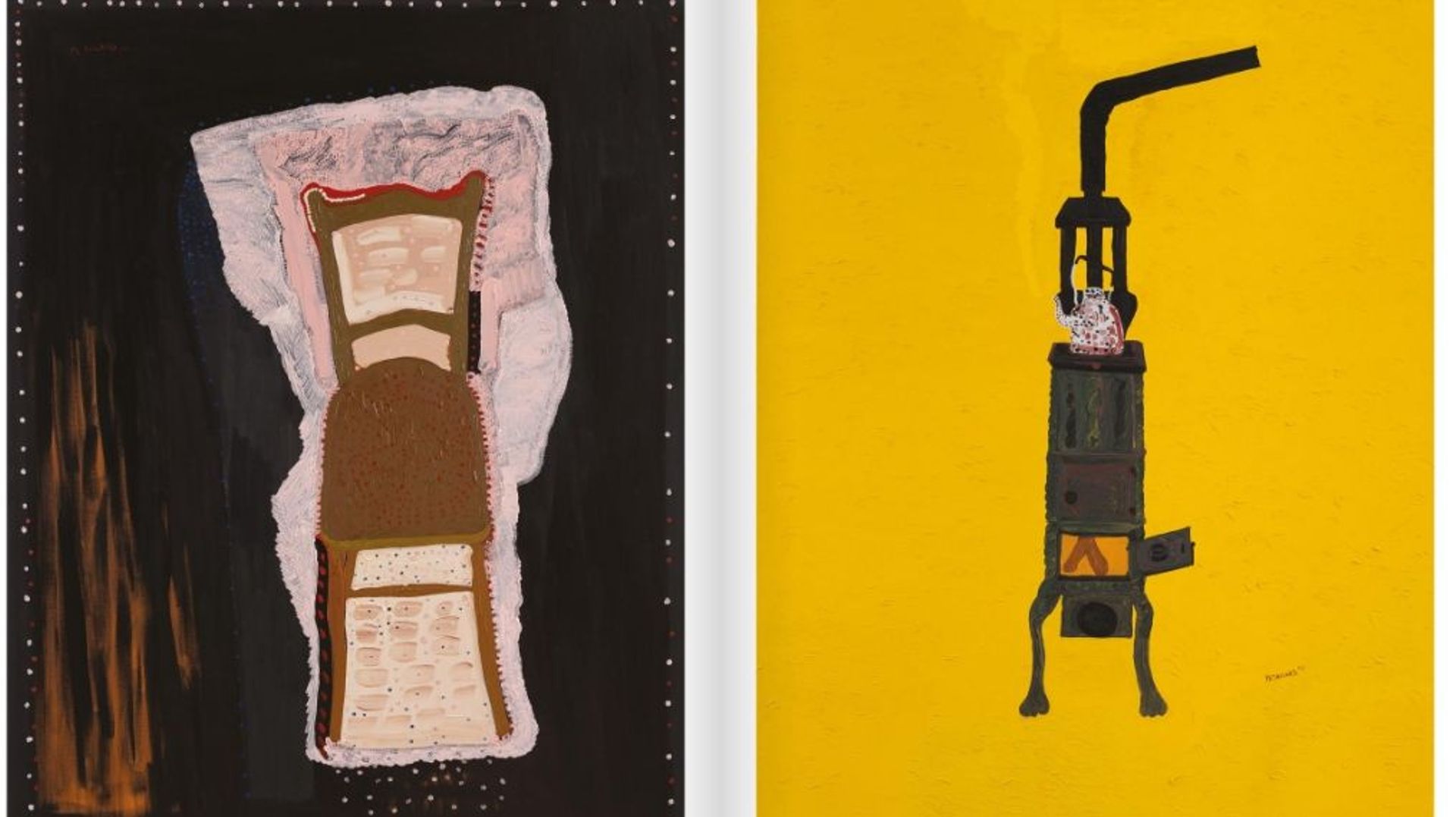
Getting together to walk the talk

Switzerland is small to have four languages – German, French, Italian and Romansh - but try to walk across it and you’ll find it’s quite a long way.
The Swiss often impress outsiders – justifiably – with their knowledge of languages, but within the country there are sometimes tensions between them.
German and French speakers, the two largest groups, regard each other sceptically over the “rösti ditch” that separates them; some people resent Romansh because of the subsidies it gets simply to keep it alive…
This summer a five week project called GetTogether took hikers through all four language regions to help them appreciate Switzerland’s linguistic and cultural diversity. Two groups started from different ends of the country, met in the middle, and walked to Bern together.
swissinfo.ch joined the hikers for a couple of stretches, and again at the very end. Most of the participants were highly educated people in their 20s, who spoke at least two languages. But the project was nevertheless an eye-opener.
Making an effort
For the group which started in the southeastern canton of Graubünden, Romansh had been largely a mystery.
But it is Silvana Derungs’ mother tongue, although like practically all speakers she is bilingual in German. On one of the weekly “project days”, she had given the participants a brief introduction to the language, and she then joined them to walk through the Rhine Gorge.
“I’ve learnt that languages make a lot of things easier, but sometimes if you have a lot of languages it’s actually harder to speak with each other,” she told swissinfo.ch.
“You have to decide: shall we speak German or Italian together? Then perhaps you see the person is struggling a bit, and you might say: I see you have a French accent. Speak French, maybe I can understand that too.”
“I learnt that talking French isn’t always so easy for me, although I tried!” admitted Severin Zacek (in English), who was leading the merged group on the day when swissinfo.ch caught up with the walkers in canton Lucerne.
“I can imagine it’s even harder for people who speak less French than I do to go to the French part. And the other way around.”
Medical student Alex Dorsch from Zurich – who spoke English to swissinfo.ch, and has fluent Italian and French as well as German, had a different take again. “I used to hate all dialects other than the Zurich one, because for me they are difficult to hear and were somehow annoying. And through this trip I got very fond of them.”
Cultural differences
Swiss variety is not only in the way people speak.
“I’m glad to live in a country with different languages,” said Benjamin van Vulpen, a student from Basel. “It’s really interesting, because the culture is different, we have different places to discover.”
“I have a greater sensibility now for cultural differences, for the richness of our culture. I think that will influence my life,” Alex told swissinfo at the end of the trip.
And he admitted that he had overcome his prejudices about Romansh after visiting Graubünden.
Beauty
The beauty and variety of Switzerland was something that many found surprising – even those who thought they knew the country quite well.
“You see things walking that you don’t see from a train,” explained Catia Ackermann, bilingual in German and French.
“Through this project I had the chance to see beautiful places, things I had never imagined existed. We walked through so many nice little villages and cities,” said Alex.
“We walked through the Bernese Oberland: I didn’t know how beautiful it is over there,” commented Severin, who lives in Zurich.
Ola Himmat, who comes from the Italian-speaking canton of Ticino and was another of the leaders, picked one of the toughest stretches as her favourite.
“What I liked most was the Vereina pass [in Graubünden]. It was a big hike, maybe more difficult, and it was long… There was snow. I really loved it,” she told swissinfo.ch in excellent English.
The social aspect of the hike was important to everyone. While the leaders stayed with the groups all the way, other people could join in for as many or as few days as they liked. Walking and talking with new people was part of the fun, whether they were members of the group, or people they met along the way.
And when the walking was done?
“Every day we were sleeping in a different place. Sometimes in tents, sometimes in mountain huts, sometimes in bunkers, sometimes in monasteries…” said Ola.
Problems
There were a few problems too. Although people were positive when they heard about the idea, it was hard to get them to join in, as Ramona Schneider, the moving force behind the project, admitted.
“I think it’s a phenomenon of modern life. We are interested in a lot of things, but it’s more difficult to be a part of it.”
There were sometimes conflicts – probably inevitable, since the group leaders had never met before, Alex confessed.
And then the weather wasn’t always perfect. “You’re cold, you’re wet, you’re tired, you’re in pain – that was the worst.”
Don’t be shy!
Jean-Frédéric Jauslin, head of the Federal Culture Office, spoke at the event in front of the parliament building in Bern which rounded off the project.
“Multilingualism is part of our identity and our culture,” he said – switching, of course, from one language to another in his speech. It is one of Switzerland’s strengths, he told the crowd.
And he had words of comfort for those who think they can’t learn languages: “It’s more important to speak spontaneously than to speak perfectly. The important thing is to communicate.”
And will the GetTogether team go on communicating? There are dreams of a European project, from the Northern Cape in Norway to Gibraltar.
Ola will be communicating anyway. As she told swissinfo.ch as she prepared to go home: “I’ll miss it. I’ll be talking about it for a long time to come!”
Julia Slater on the road in Graubünden, Lucerne and Bern, swissinfo.ch
Get Together was the brainchild of 25 year old Ramona Schneider, currently training to work in socio-cultural community development.
She was inspired by her experience working in Tunisia, bringing locals and tourists together.
The original idea was to organise a hike linking the Northern Cape in Norway to Gibraltar – a dream she still has.
She found sponsors to back GetTogether in Switzerland, and carried out a pilot project in 2009.
The 2010 project linked Müstair, in the far southeast, with Chancy, near Geneva in the far west.
A group of walkers started from each point, and walked towards each other. They met in Engelberg, in central Switzerland, to complete the trip to Bern jointly.
The three leaders of each group took it in turns to lead the day’s hike, organise the food, and drive the support vehicle.
For just SFr10 ($9.5) a day, anyone could join in at any point, and walk for as many stretches as they chose.
The length of each day’s walk varied between about 13 and 30km.
Participants stayed in a variety of types of accommodation, from mountain huts to monasteries.
The groups had one rest day every week, and one project day whose aim was to introduce them to the local culture.

In compliance with the JTI standards
More: SWI swissinfo.ch certified by the Journalism Trust Initiative
















![The four-metre-long painting "Sonntag der Bergbauern" [Sunday of the Mountain Farmers, 1923-24/26] had to be removed by a crane from the German Chancellery in Berlin for the exhibition in Bern.](https://www.swissinfo.ch/content/wp-content/uploads/sites/13/2025/12/01_Pressebild_KirchnerxKirchner.jpg?ver=bb19e376)














You can find an overview of ongoing debates with our journalists here . Please join us!
If you want to start a conversation about a topic raised in this article or want to report factual errors, email us at english@swissinfo.ch.